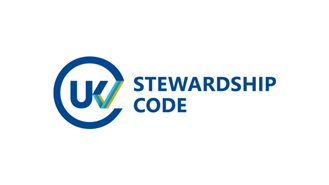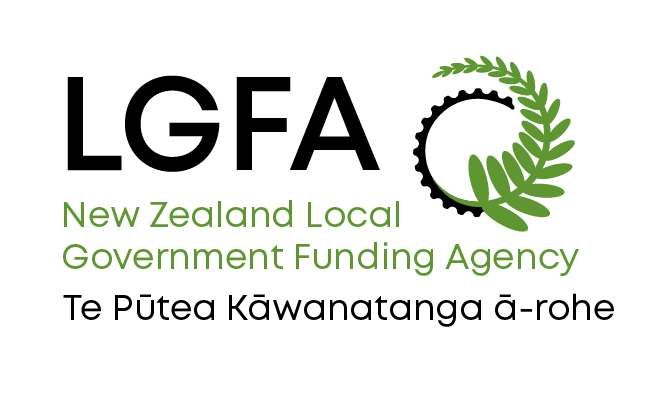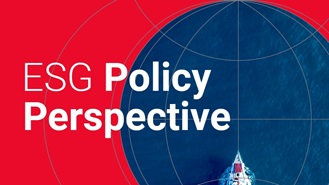Regulating 'Forever' Chemicals: Examining Company Readiness and Investor Risk
Chemical companies face growing pressure to phase out some of the most hazardous substances from their product portfolios. Learn how well companies manage related risks and what upcoming regulations could mean for them and their investors.
Webinar Replay | Product Governance Risk: Navigating One of the Most Common ESG Issues
Join Morningstar Sustainalytics for a panel discussion about ESG risk exposure, what this means and how to manage. In this webinar, we will focus on how Sustainalytics identifies drivers of product governance risk.
Mandatory Scope 3 Emissions Reporting in the U.S. and Canada: Most Companies Are Unprepared
Learn just how prepared U.S. and Canadian companies are for the proposed scope 3 emissions disclosure rules and how investors can leverage engagement to help companies meet the various challenges of GHG emissions reporting.
Policy Responses to Climate Change: The EU’s Fit for 55 Package and Its Implications for Companies and Investors
Governments need to be more decisive to slow global temperature rise. The EU’s Fit for 55 package, with its ambitious targets for energy-intensive sectors, is an example of the required policy response needed to decarbonize global economies.
ESG Policy Perspective: Regulatory Developments from Across the Globe
ESG Policy Perspective provides investors with an overview of the most recent regulatory developments across the globe on regular bases. In our first publication, we examine the evolving taxonomy frameworks across APAC, UK and EU regions and upcoming disclosure requirements for investors.
Risk and Opportunity in Biodiversity: How Sustainable Finance Can Help
This article outlines how biodiversity loss poses material risks to business and how it connects to many other issues that companies can’t ignore. In addition, it covers how biodiversity conservation presents substantial economic opportunities, and how businesses can address and access these opportunities by issuing linked instruments that integrate biodiversity considerations.
Rising Conflict, Responsible Business: What Companies and Investors Need to Know About Operating in High-Risk Areas
In this blog we look at how unstable states are classified and the associated business risk landscape, how companies can manage these risks, and how investors can engage with business operating in conflict-affected areas.
What’s Happening in Sustainable Finance: Green Bond Standards on the Horizon and Much More
In this month’s round up of sustainable finance deals and developments, we look at what the EU Green Bond Standard could mean for the market, innovations in use of proceeds, and the ongoing diversification of industries tapping the market.
Scope 3 Supply Chain Emissions: Five Questions Investors Need to Know
To assess climate-related transition risks, investors should evaluate GHG emissions across portfolio companies’ value chains. In this blog post we’ll answer the key questions investors need to know about supply chain GHG emissions, and why decarbonization of the supply chain is an essential component of an effective climate transition strategy.














3985748f-12ff-4ec0-972f-8897e5ca7c11.tmb-thumbnl_rc.png?Culture=en&sfvrsn=491e7bd4_2)





